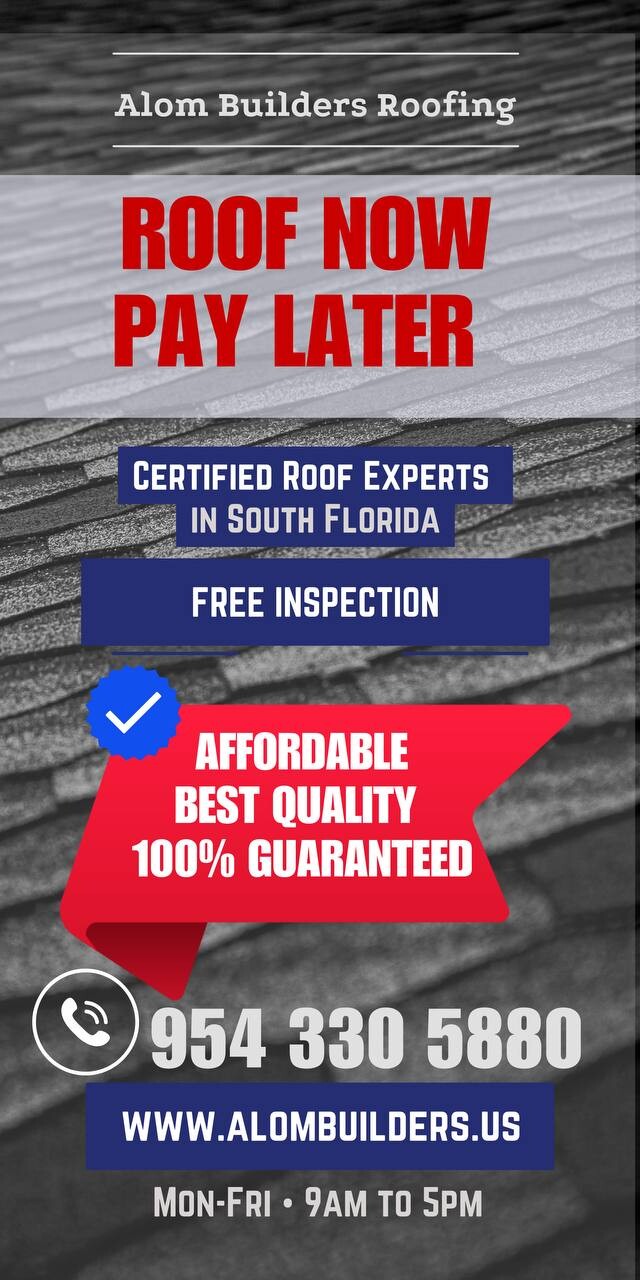[ad_1]
7 Common Roofing Issues to Watch Out for in Miami’s Humid Climate
The Importance of Roof Maintenance in Miami’s Climate
As one of the most populous cities in the United States, Miami is known for its tropical climate, with high humidity and temperatures that often reach the mid-80s. While this climate can be beneficial for tourists and locals alike, it can also be detrimental to roofs. In fact, Miami’s humid climate is notorious for causing a variety of roofing issues that can lead to costly repairs and even structural damage. As a homeowner or business owner in Miami, it’s essential to be aware of these common roofing issues and take proactive steps to prevent them.
Shingle Roof Damage from High Winds and Rain
One of the most common roofing issues in Miami is damage caused by high winds and heavy rainfall. The city’s tropical climate means that storms are a frequent occurrence, and these storms can cause significant damage to shingle roofs. Wind-borne debris, such as branches and roofing materials, can cause shingles to lift, crack, or even rip off, leaving the roof vulnerable to water damage and leaks. Additionally, heavy rainfall can cause shingles to become saturated, leading to further damage and potentially even structural issues.
Leaks and Water Damage
Leaks and water damage are another common issue that arises from Miami’s humid climate. As shingles age and become worn, they can begin to crack and allow water to seep through. This can lead to water damage, which can cause mold growth, rotting wood, and even structural issues. Leaks can also occur due to damaged or missing flashing, which is the material used to seal gaps and joints around chimneys, vents, and skylights.
Algae and Moss Growth
The humid climate in Miami also creates an ideal environment for algae and moss growth on roofs. These types of growth can cause discoloration, staining, and even damage to shingles. In addition, algae and moss can create a slippery surface, which can increase the risk of falls and injuries. Regular cleaning and maintenance can help to prevent these issues, but it’s also important to address the underlying causes, such as poor ventilation and inadequate drainage.
Condensation and Ice Dams
Condensation and ice dams are another common issue that arises from Miami’s humid climate. As warm air rises and cools, it can cause condensation to form on the underside of shingles. This can lead to ice dams, which are formed when water freezes and forms a barrier on the roof. Ice dams can cause water to back up under the shingles, leading to leaks and water damage.
Pests and Rodents
The humid climate in Miami also creates an ideal environment for pests and rodents. These critters can cause damage to roofs by chewing through shingles, insulation, and other materials. In addition, they can also create holes and gaps, which can allow water to seep through and cause damage.
UV Damage
The intense sunlight and UV rays in Miami can cause damage to shingles, leading to cracking, fading, and discoloration. This can also cause the shingles to become brittle and prone to breakage. Regular cleaning and maintenance can help to prevent these issues, but it’s also important to choose shingles that are designed to withstand the intense sunlight and UV rays.
Roof Ventilation
Proper roof ventilation is essential in Miami’s humid climate. Without adequate ventilation, hot air can become trapped in the attic, leading to condensation and moisture buildup. This can cause mold growth, rotting wood, and even structural issues. Regular inspections and maintenance can help to ensure that the roof is properly ventilated and that any issues are addressed promptly.
Conclusion
In conclusion, Miami’s humid climate creates a variety of roofing issues that can cause costly repairs and even structural damage. By being aware of these common issues and taking proactive steps to prevent them, homeowners and business owners can help to ensure the longevity and integrity of their roofs. Regular inspections, maintenance, and repairs can help to prevent leaks, water damage, and other issues, and ensure that the roof remains in good condition for years to come.
[ad_2]
 +1 954-228-7485
+1 954-228-7485 